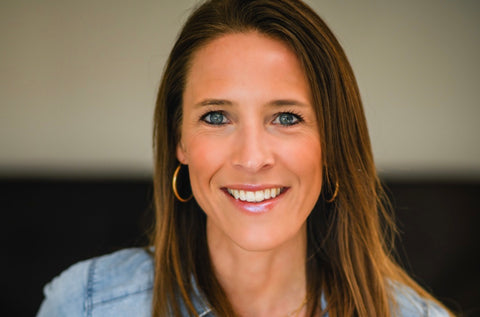
Sleep – A game Changer in the Athletic World?
Sleep Science • Performance
SLEEP BETTER—PERFORM BETTER
By Anna West, Founder of Sleep2perform, Member of Dagsmejan’s Scientific Advisory Board
The restorative qualities of sleep are fundamentally the basis of the individual athlete’s ability to recover and perform, and to optimally be able to challenge and control the effects of exercise regimes in high performance sport. Research consistently shows that a large percentage of the population fails to obtain the recommended 7–9 hours of sleep per night. Moreover, recent years’ research has found that athletes have a high prevalence of poor sleep quality. Given its implications on the recovery process, sleep affects the quality of the athlete’s training and outcome of competitions.
Poor sleep in athletes has been linked with:
-
- An increased incidence of fatigue related injury
- Hormonal and metabolic disturbances
- Elevated sympathetic nervous system activity
- Immunosuppressive and increased risk of infection
- Reduced reaction times
- Negative performance outcome for endurance based exercise
- Increase in unstable emotional states
- Reduced cognitive functions
The connection between sleep challenges and under-recovery
59% of all athletes have no strategy to overcome or change bad sleep habits. 70% of all athletes report worse sleep than normal before and after competition.

Although an increasing number of recovery aids (such as cold baths, anti-inflammatory agents, high protein intake etc.) are available, recent years research shows the important and irreplaceable role of sleep and that no recovery method can compensate for the lack of sleep. Every facet of an athlete’s life has the capacity to either create or take out energy, contribute to the overall stress level and subsequently the level of both recovery and performance.
Given the significant implications for performance, health and general well-being, a number of recommendations have been suggested to monitor and improve sleep in athletes
Make “sleep” part of the strategy
Invest in sleep like performance. Aim for 8–10 hours; keep consistent bed/wake times, control naps, and build disengagement routines to deepen sleep quality and REM.
Identify individual barriers
Screen for insomnia, sleep-disordered breathing, RLS, anxiety or illness. Especially in adolescents balancing academics and sport, early support drives better sleep and performance.
Sleep hygiene – Things for athletes to consider when optimizing sleep
Making habitual changes that last is both an opportunity and a challenge. While not every athletes has the resources or practicality to travel with their own individual “sleep system” such as Team Sky on the Tour De France, an easy way to make improvements to the sleep routine of every athlete is to create sustainable habits, and test and familiarize with their own sleep kit.
Many athletes have a tendency to feel hot and sweat during the night. A factor that can compromise the output of both the sleep quality and sleep hours and ultimately the recovery and performance readiness of that athlete. A good, easy, low-practical and low-cost way to avoid this, is to choose and invest in sleepwear that supports the regulation of the body’s natural thermoregulation providing the best temperature for sleep (such as the functional sleepwear of Dagsmejan). In combination with good overall sleep hygiene (conscious digital habits, mind cleaning etc.) you provide a stronger foundation for optimal sleep.
While traditional approaches to performance optimization focus mostly on the physical stressors, the benefits and the basic principles of sleep cannot be overstated in its relation to recovery and performance. Peak competitive performance can only occur when an athlete’s sleep is optimal.








